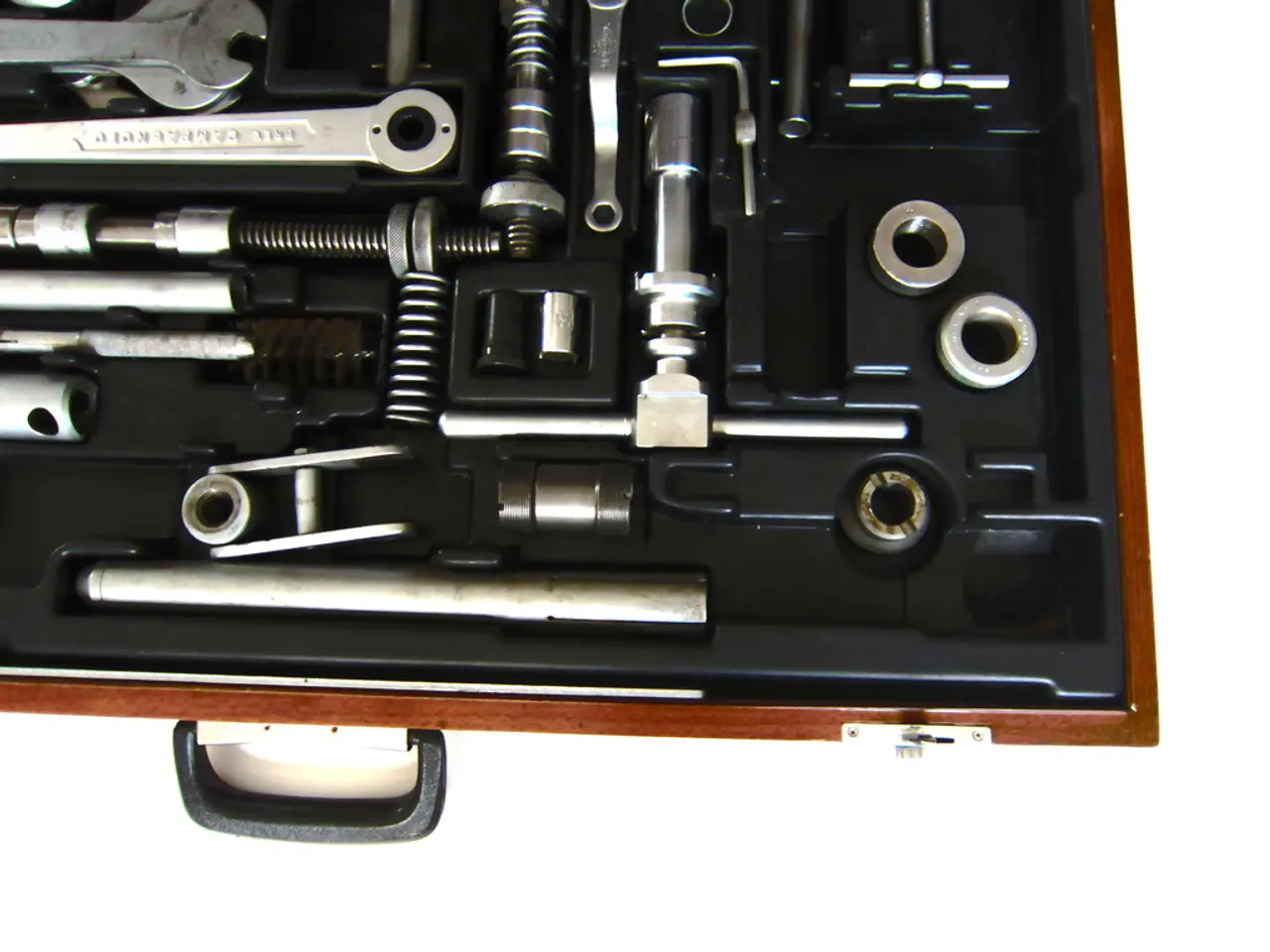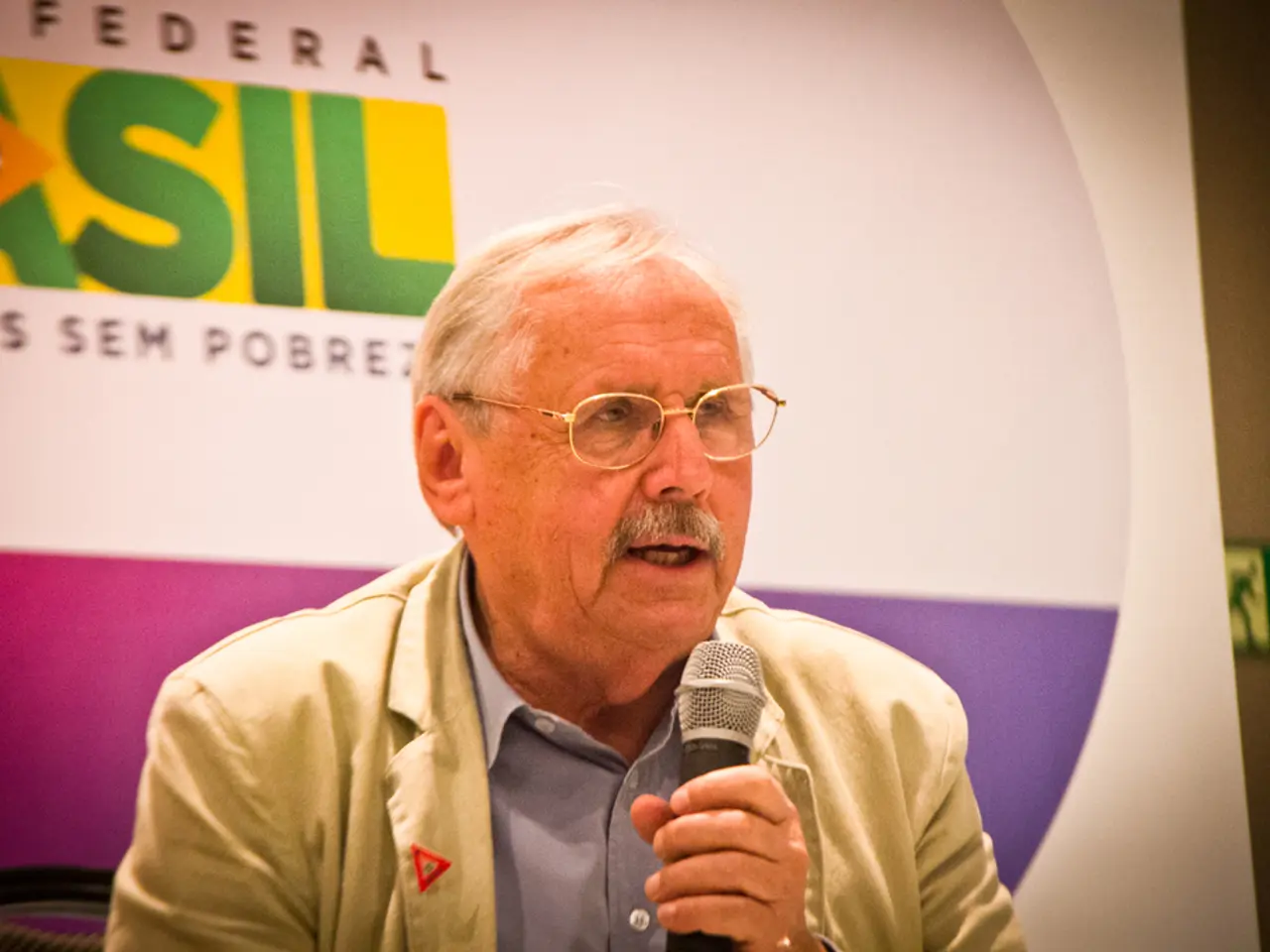Enhancement Strategy for Strengthening the Middle Corridor Trade Route Unveiled by Uzbekistan
Uzbekistan Initiates Five-Year Plan to bolster Trade Routes via Middle Corridor
Tashkent, Uzbekistan — Uzbekistan has launched an ambitious five-year plan to significantly improve its trade routes via the Middle Corridor, a nascent network linking China and Europe via the Caspian Sea. The objective is to reduce dependence on Russia as a gateway for Western trade.
The initiative, announced by Uzbek President Shavkat Mirziyoyev, calls for modernizing and expanding trade routes, lowering transportation costs, and enhancing freight efficiency. The strategy envisions a potential reduction of transit times to approximately 15 days, far quicker than traditional maritime routes.
To achieve this goal, key focus areas include improving infrastructure and customs procedures, such as expanding truck stop networks and streamlining border crossings at Davut-ota, Gisht Kuprik, and Navoi. Transport Minister Ilkhom Makhkamov disclosed that the plan also includes improving connections with Afghanistan and Turkmenistan to boost trade with Iran, Turkey, Azerbaijan, and Georgia.
In addition to Middle Corridor development, the plan aims to synchronize these Westward-oriented trade corridors with the recently announced Kyrgyz-Uzbek-China railway. Officials from the three countries recently held a groundbreaking ceremony for the railway, with work not expected to begin in earnest until summer 2025.
In the context of regional trade developments, it is worth noting that Kazakhstan, a significant partner in the Middle Corridor, has set ambitious targets to boost cargo volumes to 10 million tons by 2027 and 15 million tons by 2030. The European Union (EU) and various international stakeholders are heavily investing in the corridor's infrastructure, with around €10 billion ($10.9 billion) allocated for transport corridors, logistics networks, and sustainable supply chains, including support for Uzbekistan's initiatives.
While these investments and collaborative efforts bode well for Uzbekistan's integration into the global trade network, it is informative to highlight that strategic diversification approaches are being pursued to avoid relying on northern routes dominated by Russia. This diversification is exemplified by the advancement of the Termez–Karachi transport corridor, which connects through Afghanistan to Pakistan's ports, providing an alternative route for trade.
Looking ahead, key forums such as the EU–Central Asia Economic Forum and the TITR Investors’ Forum, set to take place in Uzbekistan later in 2025, are expected to foster further investment and cooperation to drive the advancement of these trade corridors. As the Middle Corridor gains significance in the EU-China overland trade, Uzbekistan is well-positioned to capitalize on growing economic potential within the region. In essence, the five-year plan to improve trade routes through the Middle Corridor and related initiatives illustrate Uzbekistan's concerted efforts to establish itself as a thriving trade hub within Central Asia, with plans for modernized and diversified connectivity.
- With the goal of reducing dependence on Russia as a gateway for Western trade, the five-year plan initiated by Uzbekistan involves finance for transportation infrastructure and customs improvements, such as expanding truck stop networks and streamlining border crossings, to enhance freight efficiency and lower transportation costs within the Middle Corridor.
- The Uzbek government's initiative for improving trade routes via the Middle Corridor also entails industry collaboration with the European Union (EU) and various international stakeholders, who are investing heavily in infrastructure, logistics networks, and sustainable supply chains for the corridor, aiming to establish Uzbekistan as a thriving trade hub within Central Asia and capitalize on the growing economic potential within the region.








